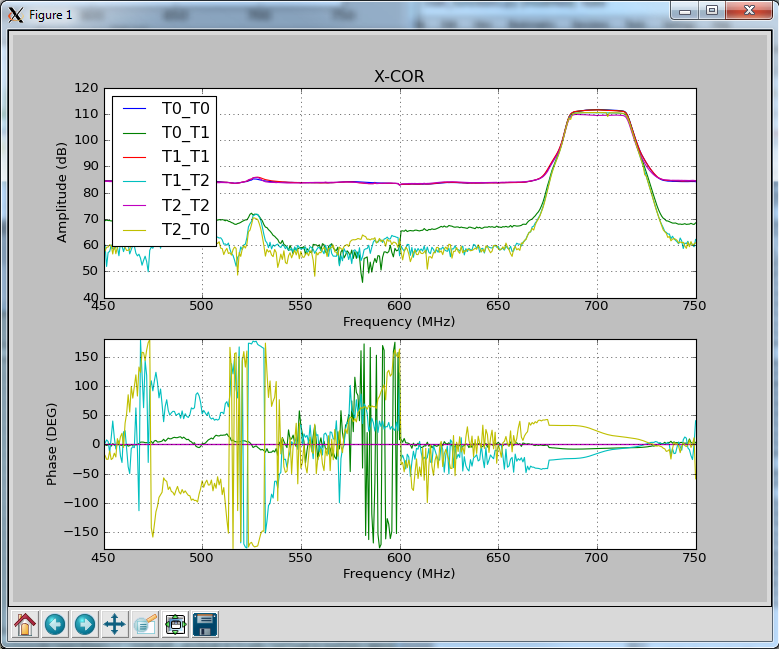Daily Image
11-02-2014First Results from the APERTIF ALPHA-3 Correlator
| Submitter: | Gijs Schoonderbeek for the APERTIF team |
| Description: | ALPHA-3 is the final prototyping stage of APERTIF. It involves 3 WSRT dishes equiped with Phased Array Feeds (PAF) and a small-scale correlator, a.k.a. "QDR" (Quick and Dirty correlator) or "De Peppi&Kokki correlator". Last week saw the first correlated data! ALPHA-3 should confirm that the APERTIF system is ready for production. Three WSRT dishes (RT2, 4 and 5) are being upgraded, offering three different baselines (144, 288 and 432 m). In each, a PAF is installed and a UniBoard-based beamformer combines the signals from the individual PAF elements into compound beams. The compound beam data is then transported to the QDR for correlation. To demonstrate that the correlator is working, a test set-up was made in the lab. Three UniBoards are running as beamformers and a fourth is running the QDR firmware. Each beamformer outputs 4x10 Gbps of data, so the total input data-rate into the correlator is 120 Gbps. The QDR will correlate the data over the full 300 MHz bandwidth for 7 compound beams. But in this lab setup, only 1 UniBoard is used for each beamformer, so only 16 PAF elements can be used per compound beam. As a result, only 75 MHz per beam is correlated for 28 compound beams on a single UniBoard. The plots show the 3 cross-correlations (greenish) between 3 dishes, and the 3 auto-correlations (reddish). An analog band-limited noise signal centered on 700 MHz was used as input. This result clearly shows that the ALPHA-3 correlator is beginning to work (and yes, there are still some details to be sorted out). But this is a nice result in itself. It is also good to see that the re-use of firmware blocks worked out very well for this system. Only the 10 GbE send and receive firmware had to be written specially for the QDR. All other blocks have been re-used from the existing beamformer, which greatly reduced the development time. |
| Copyright: | ASTRON |
| Tweet |  |
